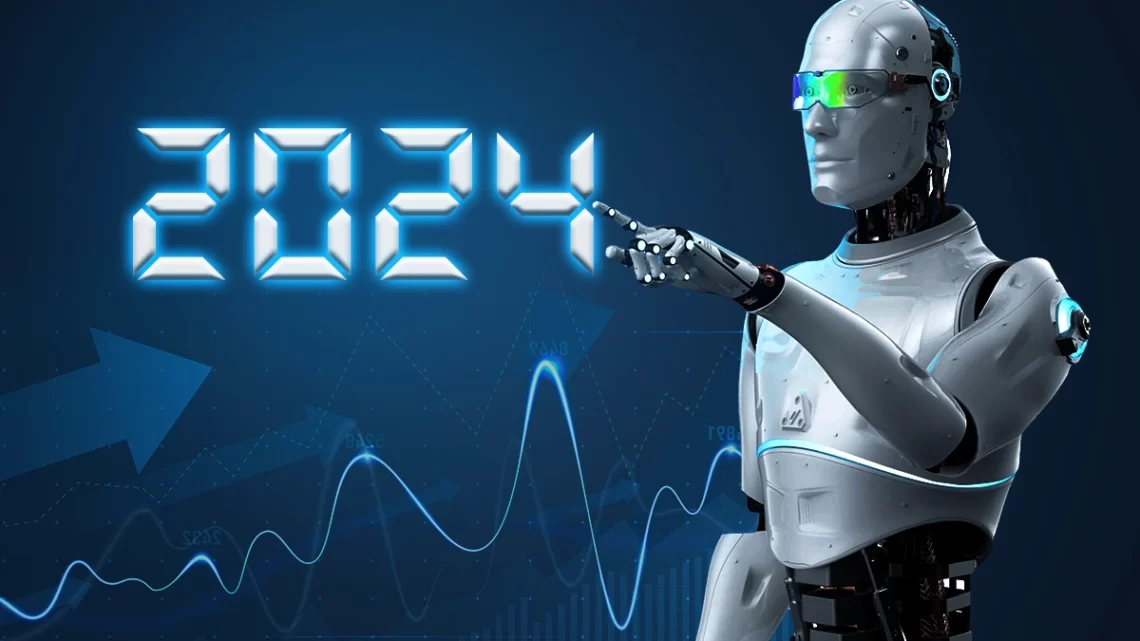
Software Trends to Watch in 2024
May 24, 2024Software development is a dynamic area of work. With higher security and user data confidentiality concerns, nowadays it is essential that developers move from reactive to pro-active writing of code.
New technologies give a considerable number of powerful tools for software development that help to shorten the time, simplify the process and prevent errors. These are six trends for 2024.
AI Integration
AI and machine learning are becoming embedded in the life of software, broadly changing the standards to which the apps, systems and products of most industries must be held.
AI has become unavoidable in customer service, another in a long list of business functions increasingly automated by machine intelligence. The technology can triage initial calls, perform more rote tasks, and can even get smarter about tailoring solutions to customers.
In fact, in the future, the need for quick-thinking engineers – who write the instructions AI applications need to know what to do – is only going to expand. It’s also plausible that there will be more jobs for AI project managers, trainers and ethicists, too; and perhaps quantum computing will make new classes of algorithms possible, beyond the reach of conventional machines.
DevOps
AI is king of the tech trends at the moment, and it’s unlikely to be dethroned in the near future. With increasing numbers of companies and hobbyists leveraging AI to save development time and transform the paradigm of app development, the growing role of AI has major implications for our software.
But it could also improve performance and lower the risk of cyber attacks by analysing large data streams. AI could point the authorities to potential threats. Or it could help developers create software that’s more environmentally sustainable. This would be achieved by highlighting dirty coding practices – inefficient ways of programming – or patterns of use that consumed energy.
And with low- and no-code platforms empowering more non-developers to design, test and deploy applications, we can rapidly scale up while producing better software, all without additional programmers.
Responsive Graphics
Interfaces As the world of software development innovates, faster and more efficient tools for business operations are available. Examples include Agile, microservice architecture and cloud computing.
Cloud solutions cut overall IT cost by paying only for what they use, and let developers work remotely – leading to higher productivity and collaboration.
Dark mode is becoming de rigueur to enhance the user experience, reduce screen glare, and save battery power – a trend that is bound to continue until 2024, with programmers leveraging artificial intelligence-enabled coding tools to expedite this process and avoiding programming mistakes in a single swoop – and embracing the sustainability aspects such as green computing.
Hybrid Solutions
However, through 2024, software developers will further evolve this hybrid model, with requirements for both cloud services and perpetual on-premise licenses.
Extended reality technologies, such as virtual reality, augmented reality and mixed reality will alter the way we live, work and socialise by 2024.
Cross-platform development tools allow developers to create apps that reach users across devices from one codebase in a way that moves beyond Apple’s former recommendation, giving businesses access to larger markets. Newer tools to help across platforms, like Xamarin, React Native and Flutter, have emerged that help make the process faster and better for end users to grow and innovate; in addition, there are newer programming utilities, such as Rust, that can offer advantages of performance, security and developer productivity.
No-Code Development
No-code development (sometimes known as low-code development) is a platform for building an application that allows you to develop software without programming skills. No-code platforms eliminate the inequalities in software development by allowing nontechnical employees to develop, evaluate and deploy business apps without high development expenses.
These apps allow businesses to bring features to market more quickly, giving them a leg up on the competition. Meanwhile, the best no-code platforms offer visual, code-free programming experiences that intersect with broad swaths of functionality, effectively tying up any business need in a tidy programming language.
Important features such as help and documentation take precedence, as do tools for developers making apps for fun or for their business.
DevSecOps And new technologies and trends are emerging in the IT landscape that will profoundly impact how top software development companies will build and run apps going forward.
AI is already becoming a common part of writing code; not long ago, GitHub released Copilot, a way for developers to let AI help them write their code more expeditiously and, importantly, with fewer errors.
New programming languages for modern computers such as Swift, Rust and Go are gaining popularity thanks to their novel features and abilities. Simultaneously, edge computing – which delivers controlled data processing over low-bandwidth network connections, allowing the user to continue using their application even disconnected – is enabling a new wave of software development.





